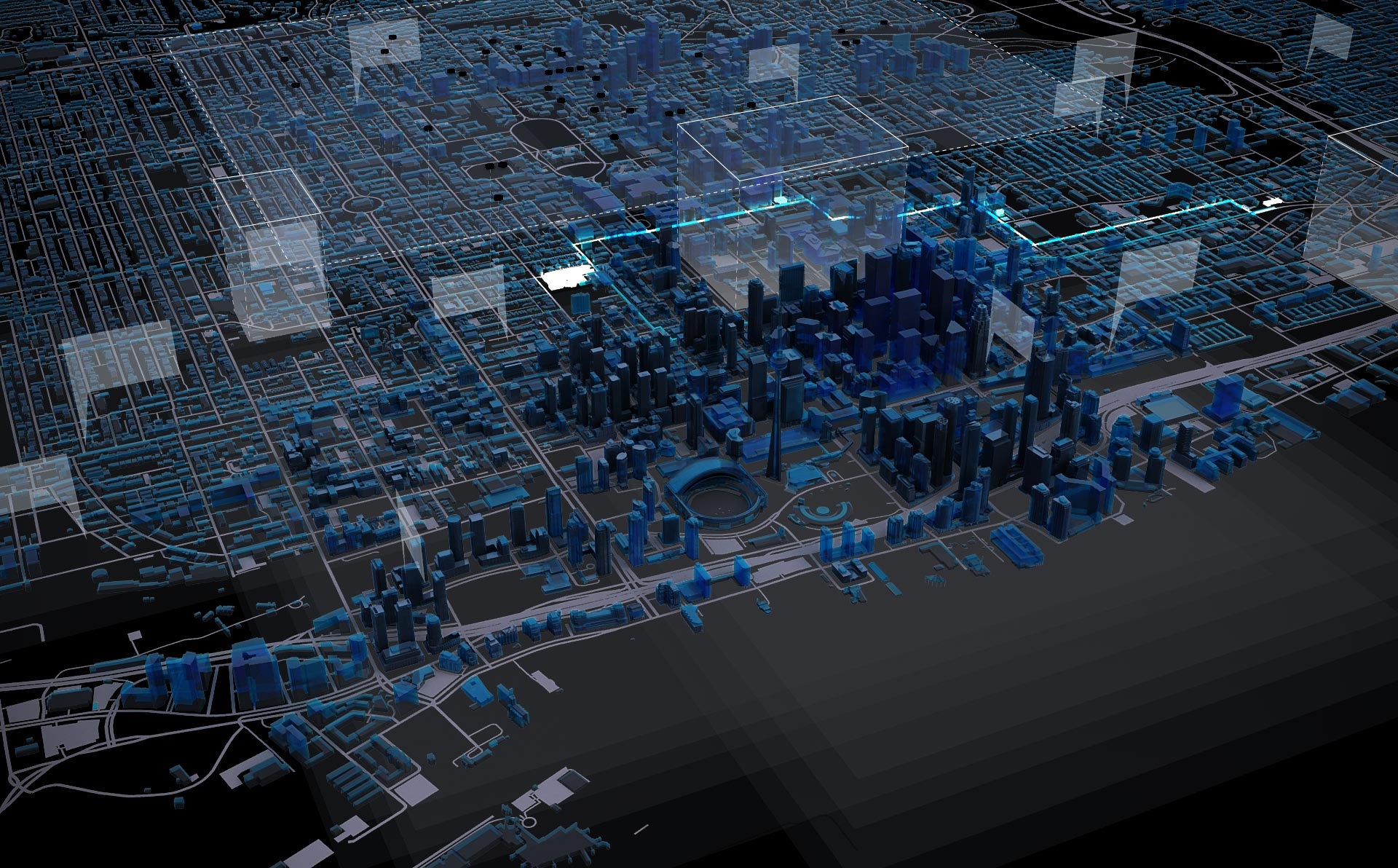Cultural Interface

Abstract:
Architecture can be seen as humankind’s original canvas, a primary means of cultural expression and the total, sovereign art form. Public architecture and urban public spaces, in particular, are meant to be theaters for public life, where thoughts, ideas and stories are communicated through the physical surroundings that shape our experience of the city. Throughout history, architecture has had a close connection to storytelling and scenography. From the building of the acropolis to the Italian Baroque piazza, the city has always been a collection of curated experiences, designed to embody meaning as well as serve the practical purposes of daily life. However, contemporary cities are now increasingly digitized, with people spending a greater time online rather than in physical public space. A greater emphasis has been put on efficiency and convenience, as has been seen with increasing developments of condominium villages and smart city proposals. As urban space becomes more generic and mobile technology aids in people distancing themselves from their physical environment, our cities run the risk of becoming non-places, with meaning derived solely from the super-sized, flashing billboards sprinkled along the city streets. By exploring how arts and media are used to construct physical interventions and ephemeral atmospheres that animate space with moods and stories, this thesis will argue for an idea of design as culturally meditated and participatory. Through a literature review and case study research, this thesis seeks to analyze how methods relating to public art and performance, digital media, and networks can become participatory and interactive design tools through which the people of the city can design their own environments and infuse them with cultural production. Taking into account building practices that promote intervention instead of demolition and designing in a way that synthesizes art and media in space, this thesis proposes a framework for design that will reshape public space. The look and feel of existing spaces can vary to show a moment in history or new narrative while still maintaining the existing fabric of a city. The design framework is comprised of 3 principles, which when combined create a culturally-mediated and participatory methodology for the design of public space. The principles; designing with visual artifact, staged perspectives and historic and narrative sequences are explained and supported by case studies that illustrate how their use can create a new way to experience the public realm. By applying this methodology to the city of Toronto, this thesis will show how its application can connect the city, encourage community interaction and make cultural production an active part of the urban public realm. This thesis argues for a design framework for creating dynamic layered experiences and building with movement and perspective instead of an ex-nihilo design approach. The public spaces of the city can become canvases that continually evolve, layering meanings and histories onto existing environments.
The examining committee is as follows:
Supervisor: Rick
Haldenby
Committee
member: Maya
Przybylski
Internal-external
reader:
Jonathan
Enns
External:
Krista
Blake
The
defence
examination
will
take
place:
Thursday,
April
14th,
2022,
12:30pm
Teams
link
available
via
the graduate
student
Learn
page
or
by request.
The
committee
has
been
approved
as
authorized
by
the
Graduate
Studies
Committee.
A
copy
of
the
thesis
is
available
for
perusal
in
ARC
2106A.